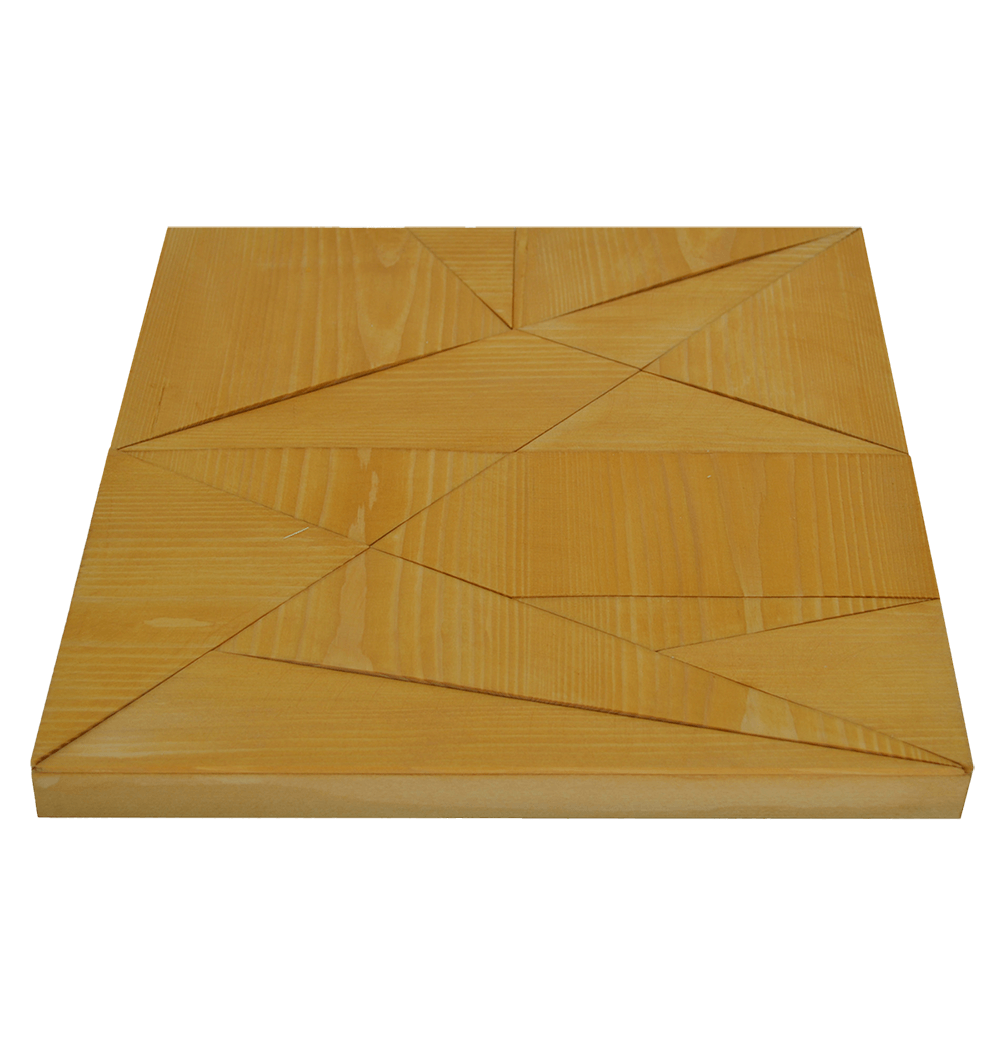300 BCE – 500 CE
The ancient stomachion, a Graeco-Roman guts-game
Marco Vespa
The context
The game, which in the ancient Graeco-Roman world was referred to by the term stomachion, is not included in the encyclopaedic and lexicographical texts that usually convey most of the information about the rules, places and players of ancient games. Neither in the ninth book of Julius Pollux’s Onomasticon (2nd century CE), nor in the few fragments of the indirect tradition of Suetonius’ On the Games of the Greeks (1st-2nd century CE), nor in Isidore of Seville’s encyclopaedic summa, the Etymologies (6th century CE), at the beginning of the Latin Middle Ages, is there any trace of this game.
The earliest evidence of the name of the game is the rediscovery in Istanbul in the late 19th and early 20th centuries of an ancient manuscript containing some geometry texts, a codex most likely compiled and written in the environment of the imperial court in Constantinople in the 10th century CE and rewritten two or three centuries later with some liturgical texts.The palimpsest volume (a manuscript whose later writing overlays the earlier one) contained texts by the Greek mathematician and engineer Archimedes (3rd century BCE), including the first part of a treatise called stomachion, of which unfortunately only a little over two pages of text survive.The game was discussed by Archimedes from a geometric-mathematical perspective in the context of ancient mathematics’ emerging interest in combinatorics. Archimedes’ treatise probably started from a calculation of the fractions into which a square could be subdivided and of the amplitudes of the angles of the various figures that resulted from the subdivision (Fig. 1), and was interested in the calculation of the possible combinations of figures that could recompose the same square in different ways.
It was precisely to the geometrical implications of combinatorics that the Roman poet Lucretius (1st century BCE) referred in his poem De rerum natura when he used the reference to the stomachion to draw an analogy between the construction of the world by a finite number of atoms, which can combine in many configurations, and the various combinations, formae, of the inner parts of the square, quadratus.
The game
The stomachion takes its name literally from the Greek noun stomachos, a term from ancient Greek anatomy referring to the oesophagus, the tube of the digestive system through which food passes from the oral cavity into the stomach, or the stomach itself.
The texts available to us describe that the game consisted of fourteen lamellae, possibly made of bones, with various geometric forms, triangles and polygons, from which innumerable shapes and combinatorial arrangements could be made, giving life to various animal or human figures, from elephants and wild boars to gladiators and hunters with their dogs. The skill of the advanced players (periti) lay precisely in the speed and confidence with which they could compose and assemble (iunctura) the pieces into ever new figures.
Although the ancient texts are fairly unanimous in describing a game very similar to the modern tangram, which became popular in Europe from the 19th century onwards and is based on combining a limited number of tiles to form figures, there is also speculation that the stomachion was actually an ancient form of jigsaw puzzle. According to this interpretation, the fourteen bone lamellae would lie scattered in disorder in front of the player and the aim of the game would be to arrange the lamellae so that they reassemble the figure of a square (Fig. 2).
There is uncertainty about the motivation that might attach the game to its name. Based on a disputed reading in the handwritten tradition of the Latin poet Ausonius (4th c. CE), some have even assumed that the name of the game was ostomachion, namely the ‘bones battle’ in the ancient Greek language, and not stomachion. This hypothesis justifies the name on the basis of the bone material of which the tiles were supposedly made, which Ausonius seems to confirm in part by calling them ossicula, i.e.‘little bones’.
Differently, the traditional interpretation considers that especially for the inexperienced players the great difficulty of the game would have particular physio-psychological consequences, such as a feeling of angry stubbornness due to the frustration of not being able to put the slats together properly. In ancient Graeco-Roman culture, this stressful state of mind was associated with a feeling of sickness of the stomach, a state of altered moods that was also reflected in certain linguistic expressions, where words derived from stomachus / stomachos in Latin or in Greek expressed anger, as attested by the Latin verb stomachor or the Greek adjective stomachōdēs. A final hypothesis on the meaning of the game emerges from the analysis of its name, stomachion as ‘small stomach’ or ‘miniature stomach’. If we consider the image of a game contained within a frame forming a square, a loculus, and made up of internal parts that, once removed, are difficult to reassemble, this could perhaps be a reference to the intricate connection of the various organs that make up the abdominal cavity and form the digestive system, starting with the stomach. After examination ex situ (outside their original location) of the organs, as was often the case with medical anatomical dissections, it must have been very complicated to restore the original configuration so that everything would hold together.
Bibliography
Morelli G. (2009), “Lo Stomachion di Archimede nelle testimonianze antiche”, Bollettino di storia delle scienze matematiche 29: 181-206.
Moretti, G. (2021), “Atomi, giochi geometrici e immaginario combinatorio in Lucrezio”, in Lucrezio, Seneca e noi. Studi per Ivano Dionigi, Bologna: 147-156.
Netz, R. – Acerbi, F. – Wilson, N. G. (2004), “Towards a Reconstruction of Archimedes’ Stomachion”, Sciamus 5: 67-99.
Suter, H. (1899), “Der Loculus Archimedius oder das Syntemachion des Archimedes. Zum ersten mal nach zwei arabischen Manuskripte der Koeniglichen Bibliothek in Berlin herausgegeben und übersetzt”, Abhandlungen zur Geschichte der Mathematik 9.
Wilson, N.G. (1999), “Archimedes: The Palimpsest and the Tradition”, Byzantinische Zeitschrift, 92.1: 89-101.





